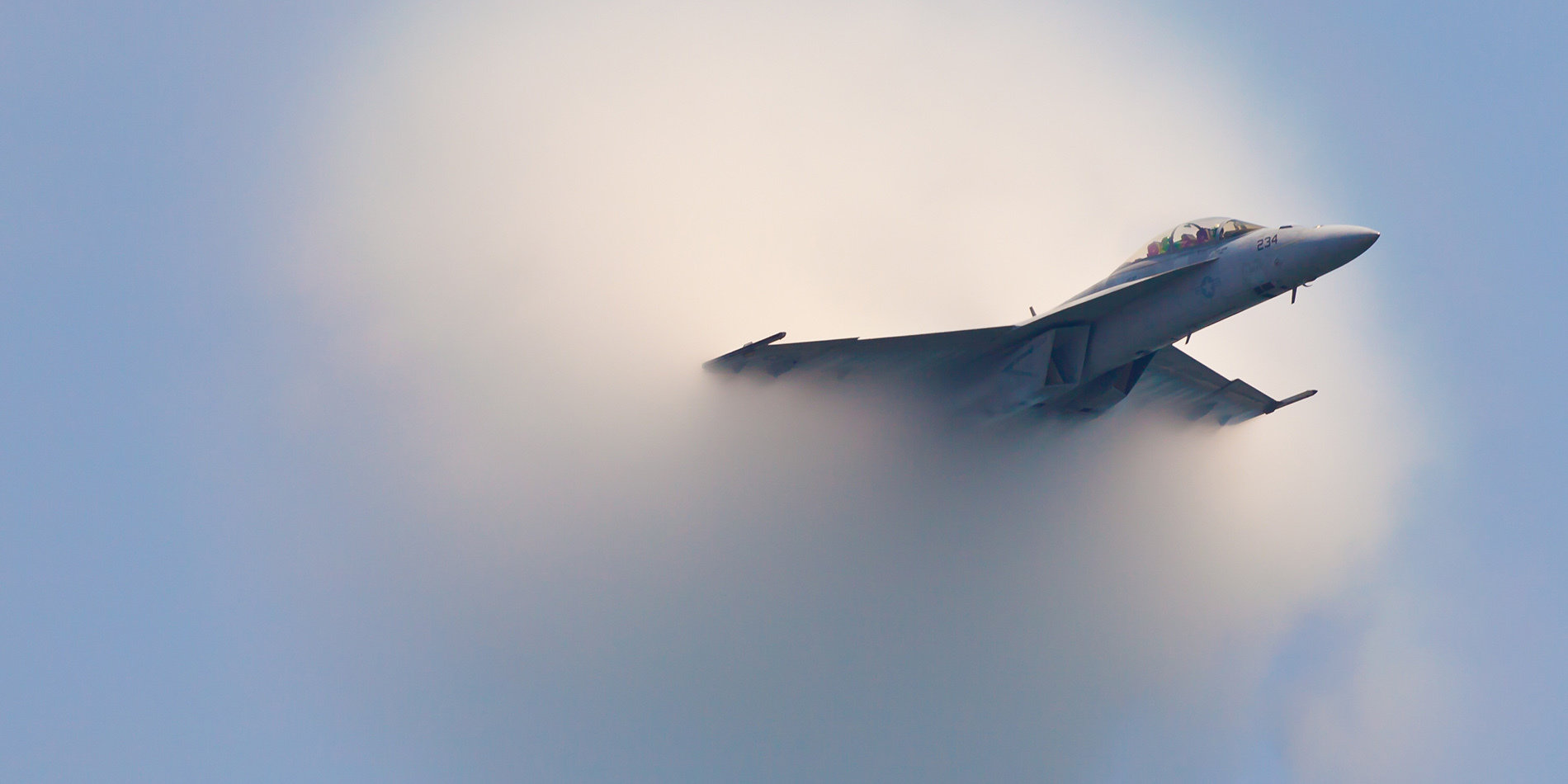How to make quieter airplanes
Since they were invented more than a century ago, airplanes have gone from carrying a single person to ferrying many hundreds of people and several tons of cargo.
Despite the increase in size and capacity, commercial aircraft have actually become quieter over the past several decades, thanks to a few key design changes informed by fluid mechanics, a branch of physics that studies fluids in motion.
In this episode of Stanford Engineering’s The Future of Everything, Sanjiva Lele, a professor of aeronautics and astronautics and of mechanical engineering, explains how adjustments in aircraft design, landing gear, and engines can have massive consequences for the field of aeroacoustics.
Lele joins host, bioengineer Russ Altman, to also discuss how high-fidelity simulations can be used to study and improve the fluid mechanical modeling of aircraft engines, as well as wind turbines.




